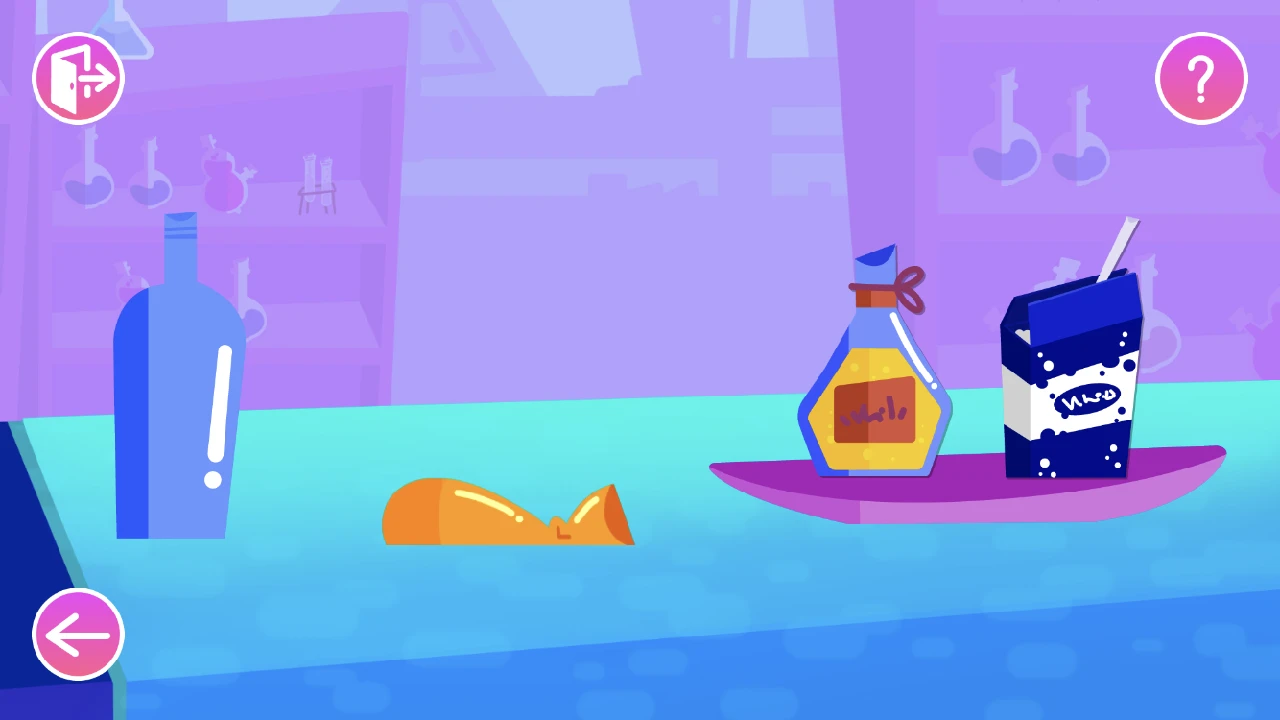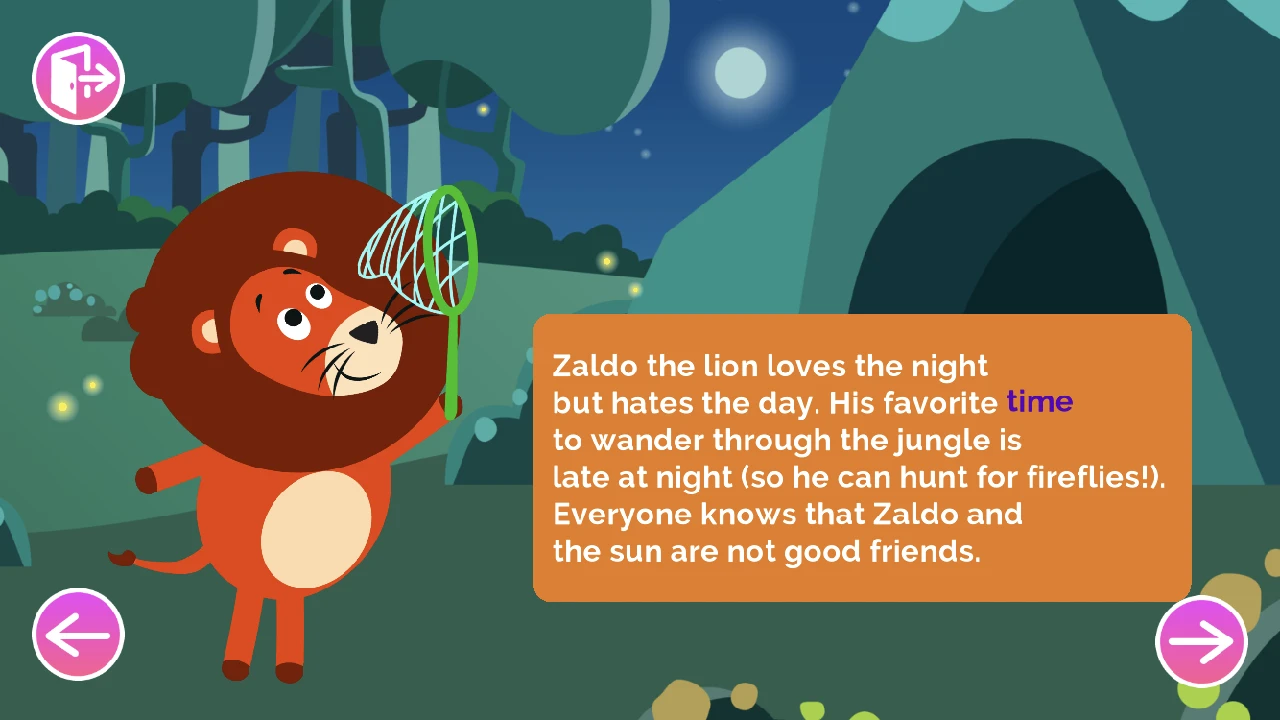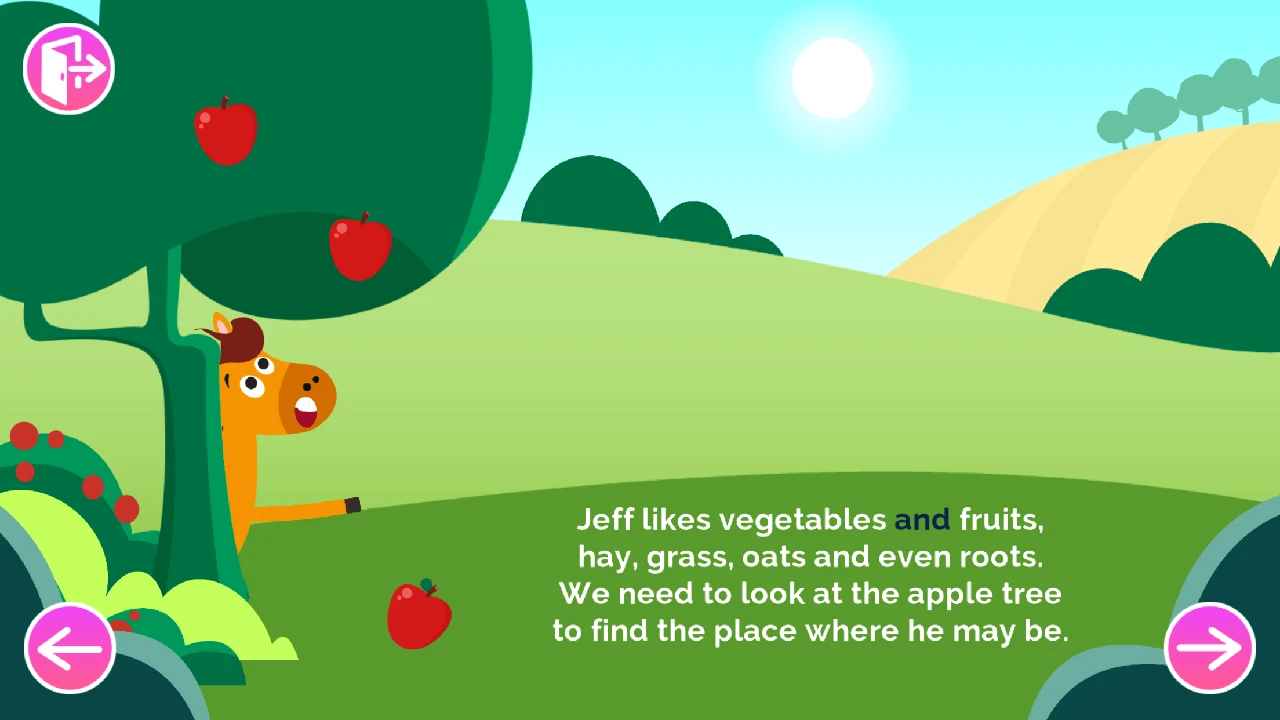Science is an intriguing world of mysteries and wonders waiting to be explored. This intrigue is not lost on children, whose curious minds are always hungry for knowledge. One of the foundational aspects of science, particularly in the realm of biology and health, is understanding germs and their role in our world. Helping children comprehend the concept of germs, including bacteria and their implications on health, provides an excellent starting point in nurturing their scientific curiosity. This initial exposure equips them with essential knowledge that is not just academically significant but also crucial for fostering healthy habits. Teaching children about germs and health can seem challenging given the microscopic nature of the subject. However, with the right approach, it can be a fun and engaging journey of exploration.
Germs, though invisible to the naked eye, play a pivotal role in our lives. They are everywhere – on the surfaces we touch, in the air we breathe, and even inside our bodies. To break it down for children, germs are tiny living organisms that can cause disease. Among these germs, bacteria, a type we often hear about, are single-celled organisms that exist in various forms and carry out diverse functions. Some bacteria are harmful and can cause illnesses, while others are beneficial and crucial for our bodies’ functioning. Explaining this to children might seem tricky, but with a bit of creativity, it can become an exciting quest. Interactive videos, colorful illustrations, and simple science experiments can make the concept tangible and understandable to young learners. At the same time, it’s crucial to ensure that the information conveyed is age-appropriate and digestible for young minds.
Understanding health and germs can be a fascinating journey for children if channeled through engaging activities. Here are five educational activities designed to introduce children aged 3 to 6 to the world of germs and health:
Remember, the goal is not to scare children but to instill awareness and foster curiosity about the fascinating world of science.
Given the invisible nature of germs and their ubiquitous presence, it’s vital to find innovative and child-friendly ways to impart this knowledge. Through Smart Tales, parents and teachers can utilize interactive games, captivating stories, and comprehensive educational worksheets. These resources simplify complex topics like health and germs, sparking children’s interest and aiding in their understanding.
Smart Tales presents an array of engaging stories that delve into the intriguing world of health and germs. These stories, featuring adorable characters, provide children with a fun and immersive way to understand the crucial role of germs in our health. Kids can learn while being entertained with beautifully illustrated, interactive tales.
In the Health and Germs category of Smart Tales games, children have the opportunity to playfully engage with the concept of germs. The games use entertaining visuals and interactive gameplay, enabling children to understand the nature of germs and their impact on health.
Complementing the stories and games are the Smart Tales educational worksheets. These provide an active learning approach towards understanding health and germs. Through easy-to-follow, expert-designed worksheets, children can further reinforce their knowledge. With coloring, matching, and tracing exercises related to health and germs, learning is transformed into an enjoyable process.
In conclusion, understanding health and germs forms a vital part of a child’s scientific literacy. However, the complexity of the subject requires a unique, innovative approach that makes the learning process engaging and digestible. Through captivating stories, interactive games, and comprehensive worksheets, Smart Tales provides an enriching platform where children can develop an understanding of health and germs while having fun. Remember, when children enjoy learning, they retain knowledge more effectively.





























